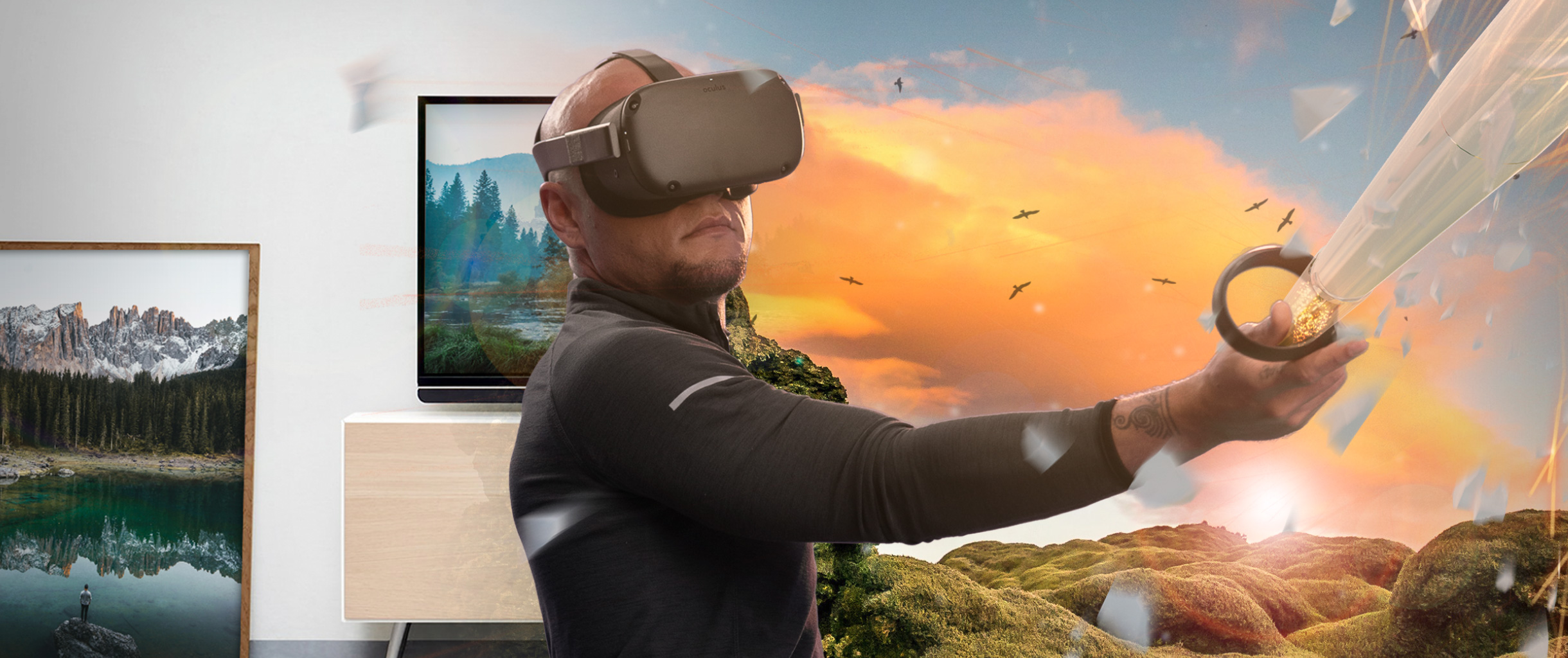It’s been over two weeks since Within launched Supernatural, its radical new VR subscription service on Oculus Quest. It’s a $20-a-month app that wants to swap the treadmill for a video game. After extensive testing, we can now weigh in on the big question: Is Supernatural’s VR fitness worth it?
In the video below, three of the UploadVR team headed into the virtual studio to discuss the pros and cons of Supernatural based on a few weeks of use. We found some common ground on both sides. On the one hand, there’s the app’s strong tracklist of music with great mapping to maximize spending your energy. But the question of its price, especially in the face of competition, is a tough one.

Unlock premium content and VIP community perks with GB M A X!
Join now to enjoy our free and premium membership perks.
![]()

![]()